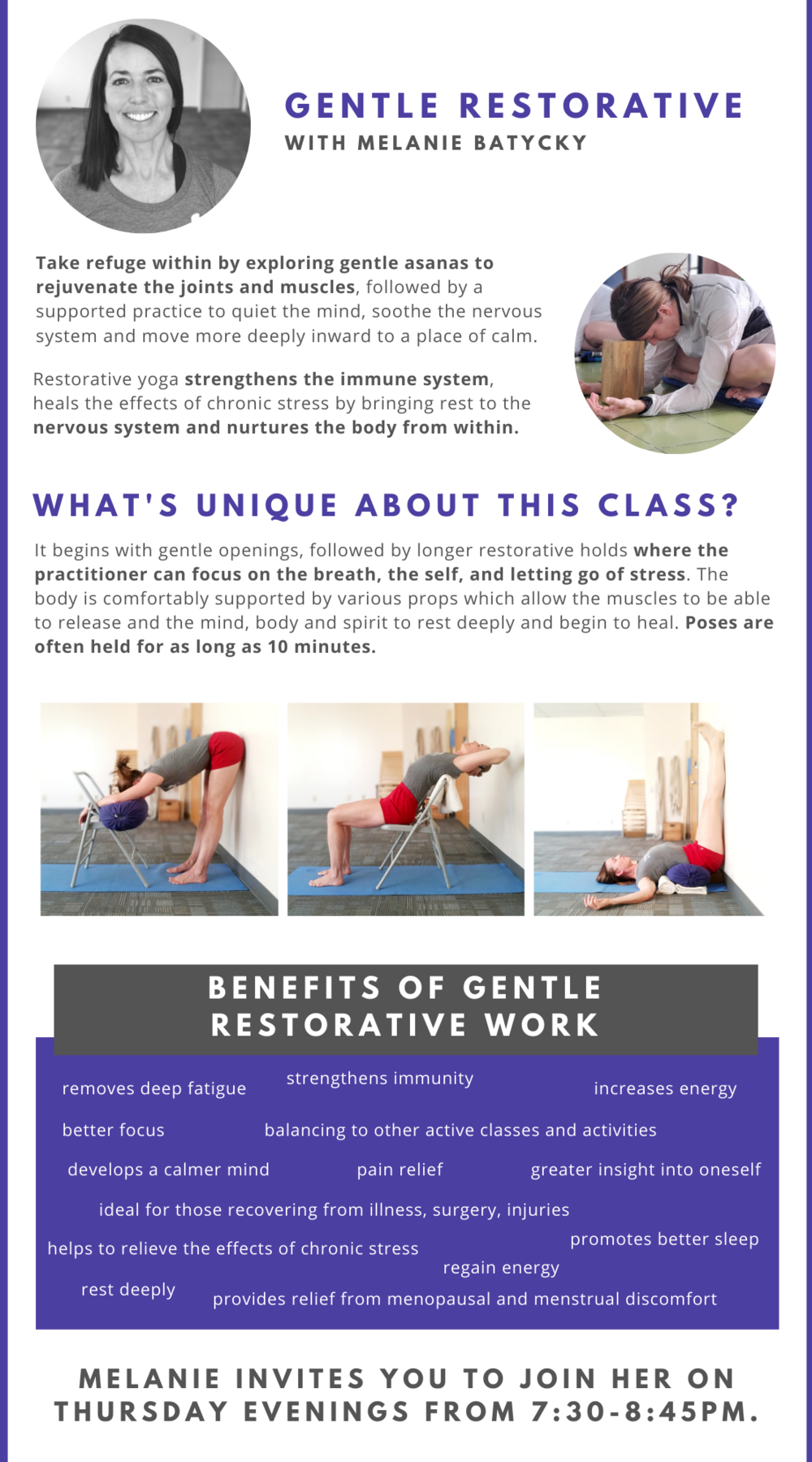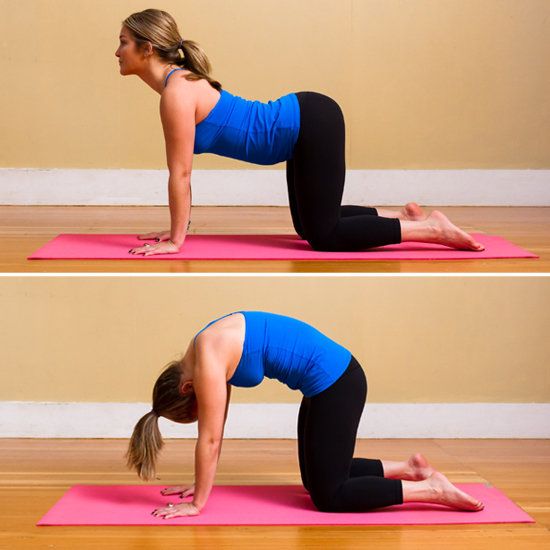
It is common for people to experience knee pain when practicing yoga. Although it may sound counter-intuitive, it can be the perfect therapy for your particular condition. Outside Learn, an online education platform that offers comprehensive courses in nutrition, fitness, and yoga, has more information about yoga for knee pain. Click on the links to find the right class for you. You can choose a class that is convenient for your schedule and levels of pain.
The butterfly pose, which is one of the most common yoga knee pain exercises, is very popular. The butterfly pose, which is a seated position, requires that the soles of your feet are together and the knees are bent wide. This exercise is beneficial for groin and hip flexors, without placing excessive strain on the knees. This exercise can be done with either straight or slightly bent legs to reduce stress on your knees. If you feel any discomfort, you can switch sides and avoid straining your knees.

To make a yoga session safe for your knees, you need to micro-bend your knee. This position prevents hyperextension and stimulates the muscles around your knee. It also increases strength and flexibility. The best pose for knee pain is the lunge. However, be gentle with yourself and modify as necessary. Although yoga can't provide a quick fix for your pain, it can help you reduce it and maintain good health.
The best yoga pose to help knee pain is the kneeling one. It can be done on blocks, folded blankets, or towels. Holding this position, you should pull your calf muscles up and place your hips under your ankles. You should lift your hips up onto your knees and pull your buttock flesh down. Hold this position for five to 8 breaths. If you're able to, you can hold it for longer.
A knee-healing pose is one of the most effective ways to stretch the knee. It puts a lot of pressure on the knees and can cause ligament strain. You should not do this pose if your knees are sensitive or you are experiencing joint pain. For a diagnosis and treatment, see your doctor if there has been an injury. Yoga is a great way to strengthen your knees and ease your pain.

Certain types of yoga can cause pain in the knees. While you should stay away from asanas that put pressure on the knee, you can modify these poses to reduce the pressure on your knee. A yoga block is a good option to relieve the pressure and pain in your knees. These blocks will help you to balance well while in the pose. You can modify certain asanas to help you if your knee is injured. To prevent any kind of discomfort from occurring during yoga, contact a medical professional immediately.
FAQ
Does Weightlifting Burn Fat Faster?
Weight lifting is a great way to burn fat faster but you need to do it together with cardio exercise.
You should do weightlifting after your cardio workouts to maximize its benefits.
Weightlifting, when done properly, increases your heart rate.
If you don't mix it with cardio, your body won't notice significant changes.
Is Cardio Better Than Strength Training?
Both are equally effective. Cardio is better if you are looking to build muscle faster.
Cardio burns more calories per hour than strength training, and also burns more fat.
Strength training helps build muscle mass. But it takes longer than cardio to accomplish this goal.
What is butter good for?
Butter is one of the best sources of saturated fats. This type of fat contributes to healthy skin, hair, and stronger bones.
Vitamin K is also found in butter, which helps prevent bleeding from cuts or bruises. Vitamin K is combined with vitamin C to prevent bruises.
Butter is also rich in minerals, including calcium, phosphorous, and potassium. These elements promote stronger bones and teeth.
Butter has its drawbacks. Butter is high in cholesterol. Studies show that too much cholesterol can increase your risk of developing heart disease.
Butter also contains high amounts of saturated fat, which contributes to obesity and increases cholesterol.
You can spread butter on bread if you are forced to use it. Bread absorbs less oil than pasta and potatoes.
Statistics
- An estimated calorie range for moderately active adult males falls between 2,200 to 2,800 calories per day, depending on age. (eatright.org)
- 10 pounds in a month is likely during a lean bulking phase, especially for beginners. (muscleandstrength.com)
- Get free shipping and 25% off today. (healthline.com)
- By John Thompson Take a whopping 38% off a set of PowerBlock Pros. (menshealth.com)
- Are You One of the 20% of Guys (mh.co.za)
External Links
How To
What's the best food for men?
Men should consume five servings of fruits or vegetables per day. They should limit their intake of red meat, and avoid fast food.
Fruits and vegetables are high in antioxidants which help prevent cancer, heart disease, and other diseases.
Vegetables include broccoli, cauliflower, carrots, spinach, tomatoes, peppers, cucumbers, lettuce, mushrooms, etc.
Also, beans and peas are rich in protein and fiber.
Nuts and seeds are excellent sources of omega-3 fatty acids. The brain functions and production of hormones require omega-3 fatty acids.
Fish is another good source of omega-3s. Mercury is more abundant in fish than in most other meats. However, fish liver oil does contain fewer toxins.
Normal growth and development are possible with the help of Omega-6s in vegetable oils like soybean, safflowers, sunflowerseed, cottonseed, and corn oils.
Poultry is a great source of lean proteins. Chicken breast is the most nutritious meat.
Lean beef is low-in saturated fats as well as cholesterol. However, you should avoid eating too much red meat because too much iron may increase your risk of prostate cancer.
Avoid processed meats like sausage and hot dogs. These foods contain added nitrates, which can lead to cancer.
Exercise is essential to maintaining good health. However, what if your exercise routine is already regular? Is there any other way to improve or maintain your physical health?
The answer is yes To get the most from your workouts, there are several things you can do. Here are some tips to help you maximize your workout.
Take it slow. Do not push yourself too hard your first session. You could injure yourself. You should start at a pace that you are comfortable with and increase your intensity gradually.
Stretch before and after. Stretching will loosen tight muscles and increase flexibility. Stretching can be done standing, lying down, or walking.
Cool down. This is particularly important when doing cardio exercises. It is important that your body has time to recover from each session so it doesn’t become exhausting. Take deep, slow breaths to cool down.
Hydrate. Fluid intake is important to keep your muscles hydrated and prevent muscle cramps. Sports drinks, however, can be beneficial.
Make sure you eat healthy. Eat enough calories. You will be more focused and energized if you eat regular meals throughout your day.
Get enough sleep. If you get adequate sleep, your body will be energized and ready to go for your next workout. You must also get adequate sleep to heal damaged tissues.